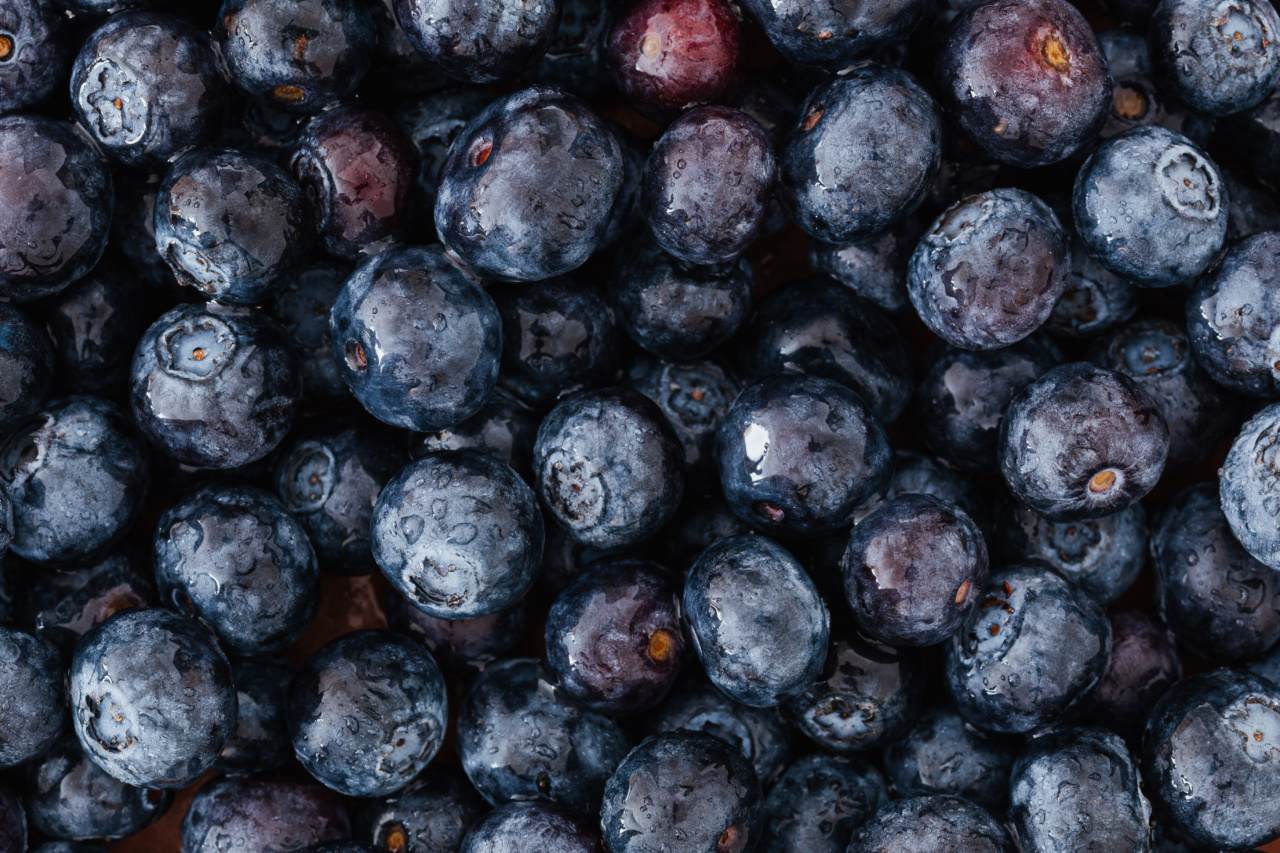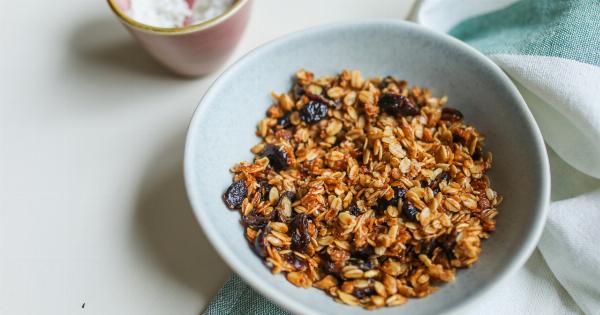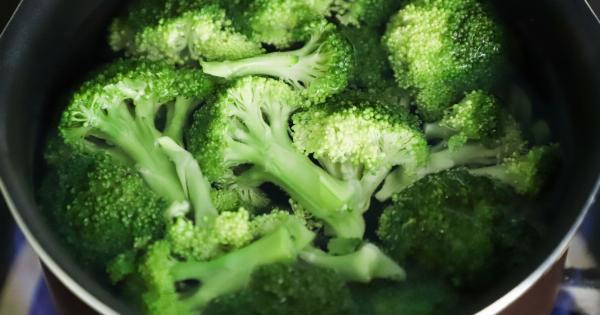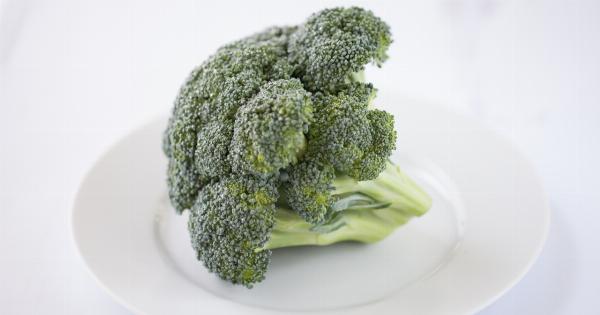Tannins are a class of polyphenolic compounds that occur naturally in plants. They are responsible for the astringent taste in several fruits, teas, and wines. Tannins have gained popularity due to their various medicinal and nutritional benefits.
What are Tannins and How Do They Work?
Tannins are a group of plant compounds that bind and precipitate proteins. They are widely distributed in the bark, leaves, and roots of plants. Tannins can be divided into two broad categories: hydrolyzable and condensed tannins.
Hydrolyzable tannins are esters of gallic acid or ellagic acid, which can be hydrolyzed to release those acids. Condensed tannins, also known as proanthocyanidins, are oligomers or polymers of flavanols or flavan-3-ols.
The ability of tannins to bind proteins makes them useful in several industrial and medicinal applications. Tannins can bind with saliva proteins and form a complex that produces a dry and puckering sensation in the mouth.
Tannins can also be used as water-soluble adhesives, leather tanning agents, and as precursors for making synthetic resins.
Medicinal Benefits of Tannins
Tannins have been used for thousands of years for their medicinal properties. Many cultures have used tannin-rich plants to treat various ailments, including diarrhea, dysentery, and skin infections.
Here are some of the medicinal benefits of tannins:.
Anti-Inflammatory and Analgesic Effects
Tannins have been shown to possess anti-inflammatory and analgesic properties. Studies have demonstrated their ability to reduce inflammation in animal models of arthritis and colitis.
Tannins have also been found to reduce pain perception and improve wound healing in animal studies.
Antioxidant Effects
Tannins possess antioxidant properties that can help scavenge free radicals and reduce oxidative stress. Oxidative stress is linked to several chronic diseases, including cancer, diabetes, and cardiovascular diseases.
Several studies have suggested that tannins can reduce oxidative stress and prevent the onset of these diseases.
Anti-Carcinogenic Effects
Tannins have been shown to possess anti-carcinogenic properties. Studies have demonstrated their ability to inhibit the growth and proliferation of cancer cells in vitro and in animal models.
Tannins can also help prevent the formation of carcinogens in the body and increase the activity of phase II detoxification enzymes.
Anti-Microbial Effects
Tannins have been widely used as natural preservatives because of their antimicrobial properties. They can inhibit the growth of bacteria, fungi, and viruses.
Research has demonstrated the ability of tannins to prevent the growth of several foodborne pathogens, including E. coli and Salmonella.
Nutritional Benefits of Tannins
Tannins also have several nutritional benefits. They are found in several plant-based foods and can provide several nutrients and health benefits.
Rich in Polyphenols
Tannins are rich in polyphenols, which have several health benefits. Polyphenols are antioxidants that can reduce the risk of several chronic diseases, including cardiovascular diseases, cancer, and diabetes.
Tannin-rich foods like grapes, berries, and teas are a good source of polyphenols.
Prebiotic Effects
Tannins have prebiotic effects and can help promote the growth of beneficial gut bacteria. Tannins can also inhibit the growth of pathogenic bacteria in the gut, reducing the risk of infections.
Can Improve Digestive Health
Tannins have astringent properties that can help reduce inflammation and promote healing in the gut. Tannins can also help reduce the risk of gastrointestinal infections by inhibiting the growth of pathogenic bacteria.
Plant Species with High Tannin Content
Several plant species are rich in tannins. Here are some of the major plant species and foods that contain high amounts of tannins:.
Tea
Tea is one of the most consumed beverages in the world and contains high amounts of tannins. Tea tannins are mainly hydrolyzable tannins that give the tea astringent taste.
Tea tannins have been found to possess antioxidant, anti-inflammatory, and anti-tumor properties.
Wine
Wine is also a rich source of tannins, especially red wine. Wine tannins are mainly condensed tannins that are responsible for the mouth-drying and astringent sensation while drinking.
Wine tannins have been found to possess a range of health benefits, including antioxidant, anti-inflammatory, and cardioprotective effects.
Acacia
Acacia is a tree that grows in tropical regions and contains high amounts of hydrolyzable tannins. Acacia tannins have been found to possess a range of health benefits, including antioxidant, anti-inflammatory, and anti-microbial effects.
Grape Seeds
Grape seeds are a rich source of condensed tannins. Grape seed extracts have been found to possess a range of health benefits, including antioxidant, anti-inflammatory, anti-carcinogenic, and anti-microbial effects.
Pomegranate
Pomegranate is a fruit that contains high amounts of hydrolyzable tannins. Pomegranate tannins have been found to possess a range of health benefits, including antioxidant, anti-inflammatory, and anti-carcinogenic effects.
Oak Bark
Oak bark is rich in condensed tannins and has been used as a natural remedy for various ailments. Oak bark tannins have been found to possess a range of health benefits, including anti-inflammatory, anti-tumor, and anti-microbial effects.
Conclusion
Tannins are a class of plant compounds that have several medicinal and nutritional benefits. They can be found in several plant-based foods, including tea, wine, and fruits.
Tannins possess antioxidant, anti-inflammatory, anti-carcinogenic, and anti-microbial properties. They can also improve digestive health and promote the growth of beneficial gut bacteria. Incorporating tannin-rich foods into the diet can provide several health benefits.






























